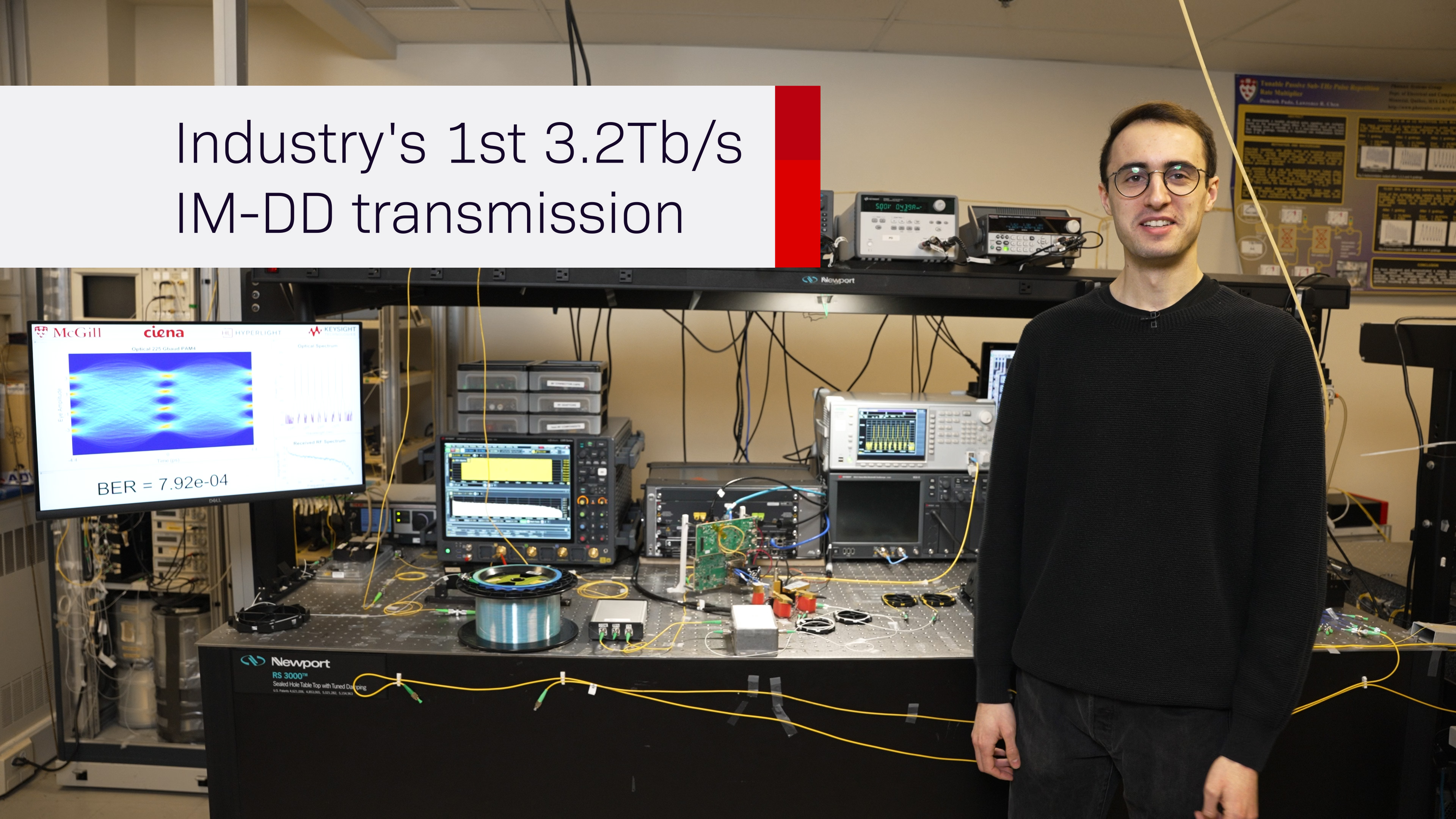Why Successful Business Transformation Requires a New Type of Optical Network
Communications service providers (CSPs) today share a nearly universal goal – drive down network costs and increase profitability. This goal boils down to three basic elements:
- provide a superior, on-demand customer experience to retain customers,
- transport more services and capacity across the network with less hardware and/or lower cost (reduce CAPEX), and
- spend less time and cost in operating the network (reduce OPEX).
It’s these basic elements that are driving operators to invest in SDN architectures and strategically use software to automate processes and accelerate time to revenue. They are simplifying the network by collapsing layers and replacing hardware with software functions.
For the network layer that cannot be virtualized – the optical network, that converts trillions of bits of information per second into light over a single strand of fiber – they are moving towards next generation coherent technologies to drive down capital expenses.
There is one point, however, that is often overlooked in transformation projects. New coherent technology innovations are now making it possible to challenge several longstanding assumptions associated with how optical networks are built, to eliminate old processes and bring forth new operational practices. These “new laws” of optical networks enable operators to radically reduce processes and time involved with managing the network, and achieve greater profitability.
Old Practice #1: The need to design the network using conservative engineering assumptions
Limited visibility into fiber characterization data and network performance has always meant that conservative engineering assumptions are made, resulting in a network with excess SNR (signal-to-noise ratio) margin that operates at sub-optimal capacity. New technology innovations are making it possible to change the status quo. By deploying instrumented hardware with real-time monitoring and reporting, and accessing this information with high performance telemetry using network management and planning tools, CSPs can operate their existing network assets more efficiently, and avoid premature overbuilds.
Old Practice #2: Design and build the “one-size-fits-all” static network
Today, optical networks are planned using predicted worst-case capacity demands for full-fill, end of life conditions, and are built assuming a static mode of operation where the capacity rate of each wavelength is fixed. But why manage optical networks in static mode when capacity depends on available system margin – a fluid variable over the life of the network? Using configurable variable bit-rate coherent optics combined with real-time link engineering tools, CSPs can safely exploit excess margin to extract more value from existing assets. Benefits include greater capacity without the need to deploy new hardware and enhanced survivability through the ability to restore WDM signals over longer distances.
Old Practice #3: Pre-deploy hardware to handle unpredictable traffic demands and SLA guarantees
Although we live in an on-demand world, there is nothing “on-demand” with optical networks today. Because of the long delays associated with field visits and equipment installation, CSPs today must pre-deploy equipment if there is a possibility of unplanned A-Z demands. The same holds true for guaranteeing SLAs, such as Mean-Time-To-Repair (MTTR) commitments. Because of the unknown duration involved with troubleshooting and failure replacement procedures, extra hardware is installed to ensure services can be protected and MTTR commitments can be met.
In both cases, capital assets are predominantly sitting idle in the network and not contributing to revenue. With a software-defined optical network equipped with configurable coherent optics, CSPs can now evolve to a more efficient operating model. Instead of deploying more hardware, they can dynamically allocate capacity as needed to meet a specific business objectives using existing deployed assets.
The new laws of tomorrow’s network
Imagine the network of tomorrow free from the shackles of these restrictive practices. In addition to a simpler network with fewer layers and more automated multi-vendor, multi-domain service orchestration, operators can increase efficiencies with the network’s optical foundation to further accelerate service delivery and provide a greater impact to the bottom line.
Using configurable coherent optics along with SDN applications, operators can:
- Eliminate spreadsheets and manual processes, and instead service more customer demands;
- Use predictive analytics and data-driven insights to replace aging hardware and avoid service impacts;
- Use machine learning to understand what the expected end-of-life wavelength fill will be for specific paths and increase capacity rates of deployed coherent optics to better monetize their assets;
- Better compete and accommodate unexpected service demands in minutes without the need for field visits.
We are entering a new world, with new rules. This is the world that Ciena’s Liquid Spectrum has been designed for.
Liquid Spectrum empowers a programmable and software-defined optical network that is a more strategic contributor towards greater profitability. Liquid Spectrum dramatically simplifies how optical networks are designed, built, and operated, enabling systems that are both scalable to meet today’s significant bandwidth demands, as well as open and programmable to deliver the exact service performance required at any point in time.
Liquid Spectrum enables successful network transformation for the on-demand world.









